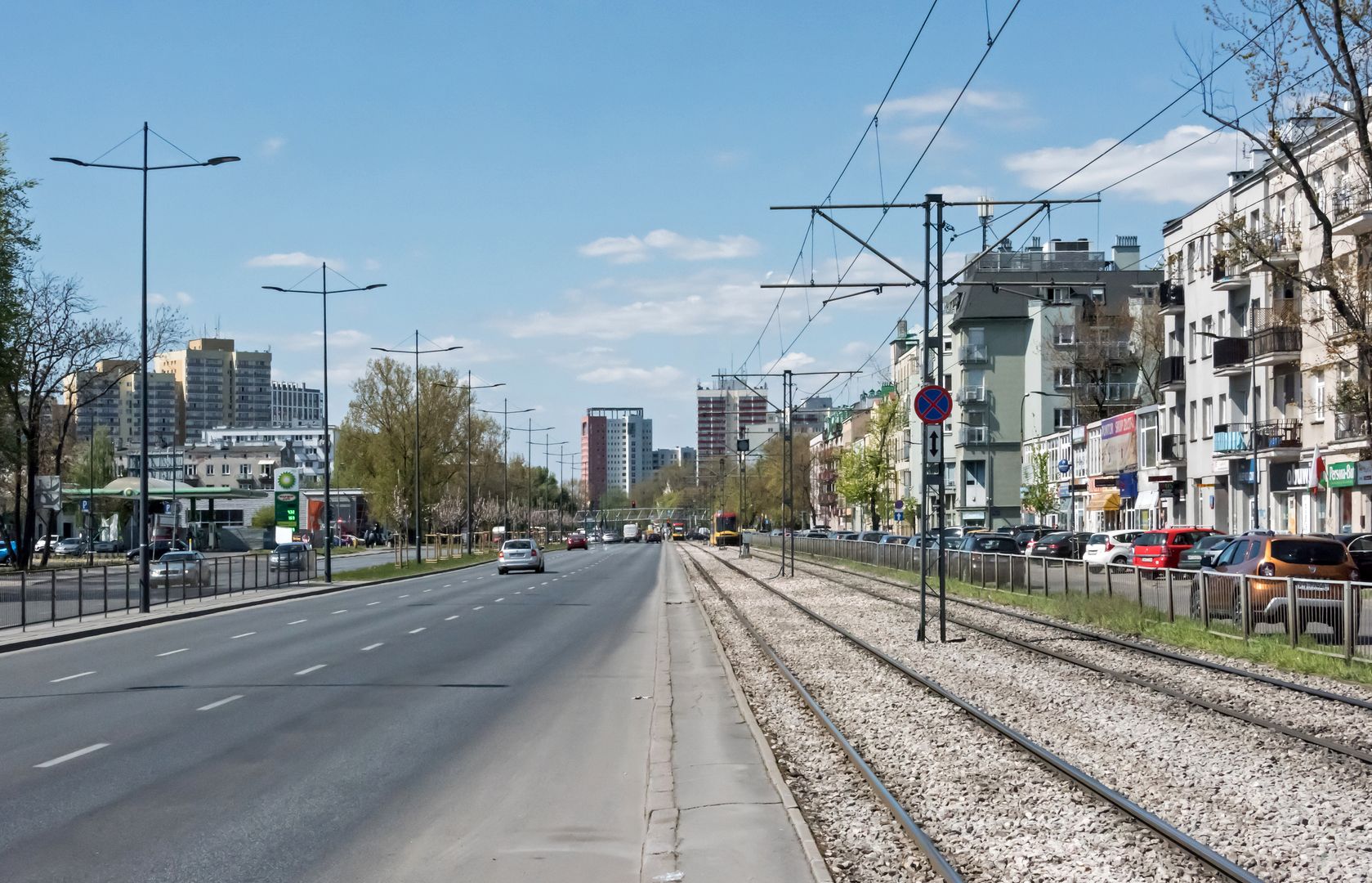Grochowska Street in Warsaw
6.53

Overview
Grochowska Street in Warsaw, located in the Praga-Południe district, is a historic route leading to Brest that was transformed into a cobblestone road in the 19th century. Its history dates back to 1823, when the construction of the road was completed—an event commemorated by a cast-iron monument erected on the initiative of Stanisław Staszic. In the 19th century, the street was lined with wooden cottages and brick manor houses, including the court of Michał Poniatowski, while industrial development in the area began in the second half of the century.
Notable landmarks along Grochowska include parks such as the Park Obwodu Praga Armii Krajowej and Park im. płk. Jana Szypowskiego “Leśnika,” as well as the Grochowski Manor, which now houses a music school. The street is also known for the Kamionkowski Cemetery, which was in use from the 16th to the 19th century.
In terms of transportation, a tram line runs along Grochowska, and the Jabłonowska Commuter Railway was also launched here. The street has undergone various phases of development, including significant modernization after World War II, when many buildings were destroyed. In the 1960s, further changes took place, such as the replacement of granite cobblestones with asphalt, leading to the loss of many historical features.
In popular culture, Grochowska Street is referenced in the song "Boczna" by Pablopavo and Praczas. Its monuments, industry, and historic buildings make Grochowska a unique place, rich in history and significance.
Location
Tickets
Powered by GetYourGuide
2025 Wizytor | All Rights Reserved